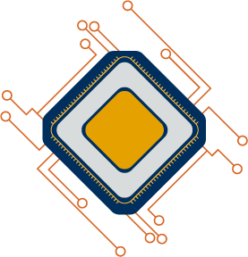In this section, the discussion of the basic features of a simulation in G1/19 points 102 to 105 is shown.
Definition of a Simulation
In the decision T 0489/14 (Reasons, point 21) – referring decision of G1/19 – , simulation is defined as:
"an approximate imitation of the operation of a system or process on the basis of a model of that system or process. In the case of a computer-implemented simulation, the model exists only in the computer and the simulation allows the functioning of the modelled system or process to be assessed or predicted."
A definition given by the Association of German Engineers (VDI) refers to the
"the imitation of a system with its dynamic processes in a model useable for experiments in order to obtain knowledge that can be transferred to reality" (VDI Richtlinie 3633, translation taken from amicus curiae brief (21)).
Both definitions take into account that not only technical systems or processes may be simulated. While the VDI definition is narrower in that it is limited to systems with their dynamic processes (i.e. the change of status of the system over time), the definition given in the referring decision is more specific to computer-implemented (numerical) simulations.
Physical simulations
Before sufficient computing power was available for accurate numerical simulations, physical simulations were used, e.g. simulations of waterways by scale modelling in sand, or wind tunnel experiments for vehicles and aircraft. Physical simulations can involve models using physical entities different from those relevant for the modelled system. For example, mechanical systems can be modelled by analogue electronic circuits showing the same dynamic behaviour as the modelled mechanical system. Physical simulations are still used for certain systems. Regardless of the nature of the simulation (physical or numerical) and by any definition, the result of the simulation is information about the potential behaviour of the modelled system or process.
Features of a computer-implemented simulation
The main features of a computer-implemented simulation can be summarised as follows:
(i) A numerical model of a system or process (which may be technical or non-technical) in the form of data that can be processed by a computer;
(ii) Equations representing the behaviour of the model (which may include random functions);
(iii) Algorithms providing numerical output that represents the calculated state of the modelled system or process (in particular, by time increments or as a sum or average calculated on the basis of numerous random events).
System or process to be simulated
The system or process to be simulated is not part of the simulation. It merely sets the starting point or the boundaries for the simulation, not unlike, for instance, a real forest for a landscape painting. In terms of patent law, the simulated system or process is usually prior art for simulation inventions. The creative contributions of numerical simulations typically lie in the development, selection or improvement of underlying equations or algorithms, or in specific uses or adaptations of the computers employed for the simulations.
